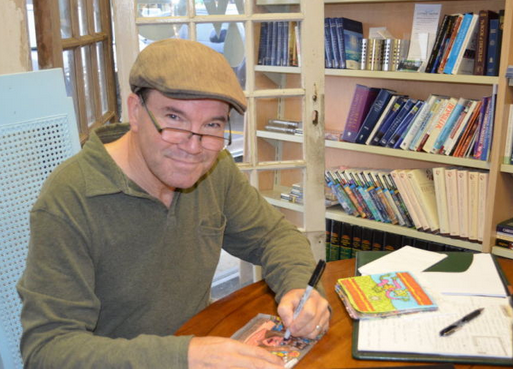I first got to know the work of Albrecht Durer, who was a Northern Renaissance artist, when I took an advanced seminar course on printmaking at the Boston Museum of Fine Art while I was attending Brandeis University. I found his work harder to understand than the other two artists we studied, Rembrandt and Goya, but that didn’t make me appreciate his genius any less. And a genius he was. Take a look at his self-portrait when he was a very young teenager.
He was raised to be a goldsmith like his father but was such a talent that he apprenticed the largest printmaking shop in the area instead. He traveled around Germany after that and eventually made his way to Italy where he drew some of the first pure landscapes in the history of Western Art.

Albrecht Durer – ‘The Great Piece of Turf’ – Watercolor, Pen & Ink – 1503
He was one of the first in Northern Europe to systematically investigate anatomy in detail, drawing hundreds of figures and diagrams to help himself understand the nature of the human body.
Albrecht Durer – Nude Self Portrait – Pen & Ink – 1503-1505
Albrecht Durer – Figure of a Woman Shown in Motion – 1528
Albrecht Durer – Studies on the Proportions of the Female Body – Woodcut – 1528
Adam and Eve – 1507
His greatest fame though came from his printmaking. By his mid-2os he was famous throughout Europe for his incredible engravings and woodcuts. The engravings are what I studied at the Museum. They are deeply symbolic and allegorical in many cases.
Albrecht Durer – Melancholia – engraving – 1507
 Albrecht Durer – Four Horsemen of the Apocalypse – Woodcut – 1498
Albrecht Durer – Four Horsemen of the Apocalypse – Woodcut – 1498
Albrecht Durer – Knight, Death and the Devil – Engraving – 1513
His detail and composition are always expert of course but it is his willingness to expose deep truths and fears of life that always grabs me the most.
Finally, if you ever look at artwork involving praying hands, such at the huge bronze sculpture of praying hands here in Tulsa, here you are seeing the foundational drawing that they all are rooted in. Probably his most famous work to the non art oriented public. Interesting enough, it is not titled ‘Praying Hands’.
Albrecht Durer – Hands of an Apostle – Drawing – 1508
Durer is well worth investigating, not just the images but his story as well.
______________________
Fall/Winter 2016
Winter/Spring 2015
Summer 2014
Winter 2012/2013
- Week #5 – Francisco Goya
- Week #4 – Robert Irwin
- Week #3 – Veruschka
- Week #2 – Albrecht Durer
- Week #1 – Roger Brown
Winter 2011/2012









Liked reading about Durer and will explore Wiki. I am drawn into the “Hands of an Apostle”. It reminds me how much our hands tell our story. Not just hands but feet as well. The lines are beautiful to me.
Thanks for sharing Marty!
Sharla, that is very true. In my own work I do a lot of exploring of what I call ‘physical memories’, those indicators on the body of what has happened in a person’s life. I like the idea of exploring feet and hands now that you bring that up!